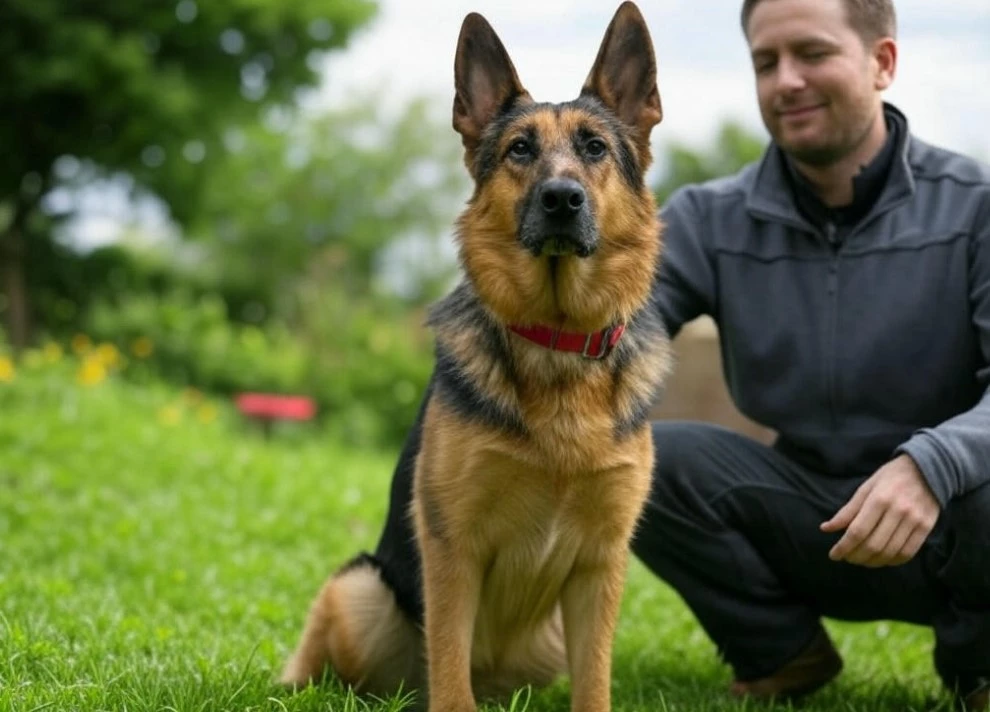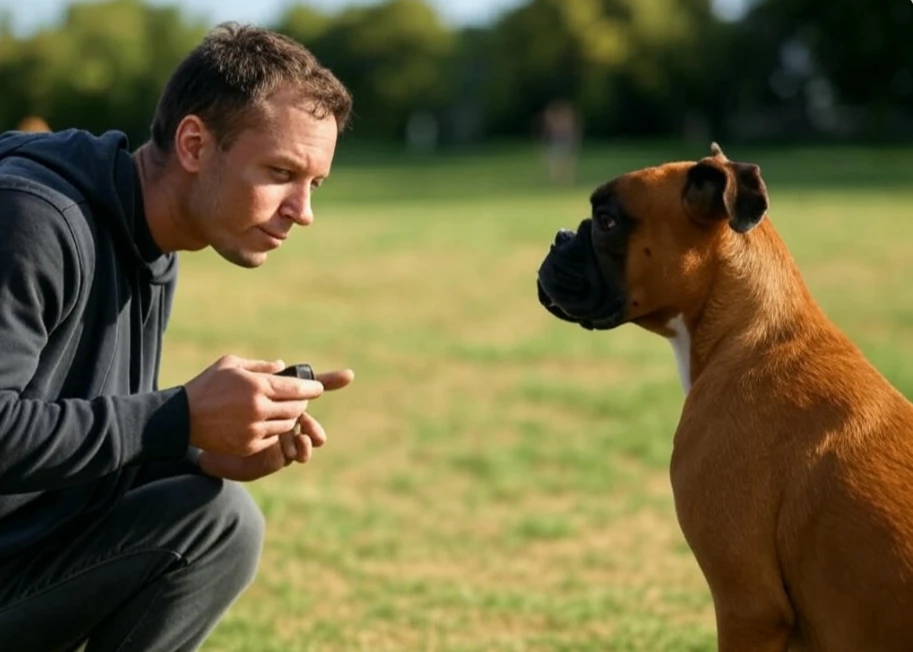
Training a dog to listen can feel frustrating, especially when they ignore commands or seem distracted. Many dog owners wonder, "Why doesn’t my dog listen to me?" The key to solving this issue lies in understanding your dog’s motivation, training consistency, and environment.
In this guide, we’ll uncover why dogs don’t always listen and share effective techniques to improve obedience. Whether you’re training a puppy or a stubborn adult dog, these strategies will help your dog develop better listening skills and strengthen your bond.

Understanding why dogs ignore commands is the first step in improving their obedience. Here are the most common reasons:
Dogs thrive on consistency. If different family members use variations of the same command (e.g., "Come here!" vs. "Come!"), your dog may become confused.
✔ Fix it: Stick to one-word commands like Sit, Stay, Come, and ensure everyone in your household uses the same terms.

Dogs are naturally curious and easily distracted by sights, sounds, and smells. If you’re training your dog outside, distractions like other dogs, people, or birds can overwhelm their ability to focus.
✔ Fix it: Start training in a quiet indoor space before moving to areas with more distractions. Always use your dog’s name before giving a command to regain their attention.
✔ Example:

Many dogs don’t respond to commands because the incentive isn’t strong enough. Using high-value treats can significantly improve training results.
✔ Fix it: Experiment with different rewards—some dogs respond best to food, while others prefer praise, toys, or playtime.
✔ Best approach:

If a dog learns that ignoring commands has no consequences, they may selectively choose when to listen. This is common in independent breeds like Huskies, Shiba Inus, and Terriers.
✔ Fix it: Establish clear boundaries and expectations.
✔ Solution: Make sure commands are non-negotiable by always following through.

If you want your dog to obey you consistently, try these effective training techniques:
✔ What it is: Marking a correct behavior with a consistent signal (such as a clicker or verbal cue) before rewarding your dog.
✔ How it works:
📌 Why it works: This method reinforces good behavior quickly, helping your dog associate commands with positive outcomes.

Dogs learn best through short, engaging training sessions. Puppies and high-energy dogs have short attention spans, so five-minute sessions are more effective than long ones.
✔ Best approach:

One of the easiest ways to make your dog listen is teaching them to make eye contact when given a command.
✔ Steps:
📌 Why it works: Strengthens focus and obedience, ensuring they pay attention even in distracting environments.

Your dog must obey commands the first time, every time. If they learn that commands are optional, you may struggle with training.
✔ How to fix it:
📌 Example:

Getting a dog to listen requires patience, consistency, and positive reinforcement. The more structured and clear your communication, the better your dog will understand expectations.
By using consistent commands, reinforcing good behavior, and eliminating distractions, you’ll develop a dog that listens reliably in any situation.
✔ Key Takeaways:
With dedication and positive training methods, your dog will become more obedient and responsive to your voice.